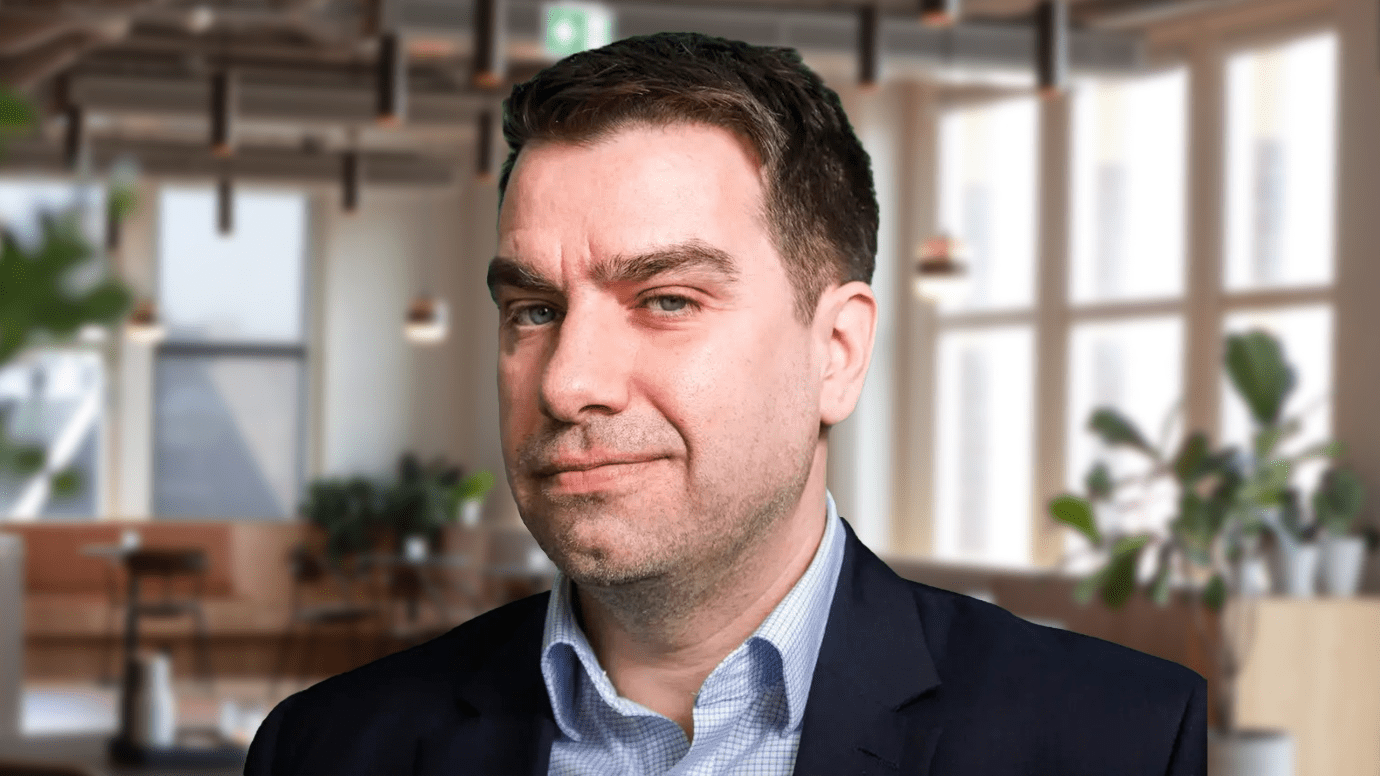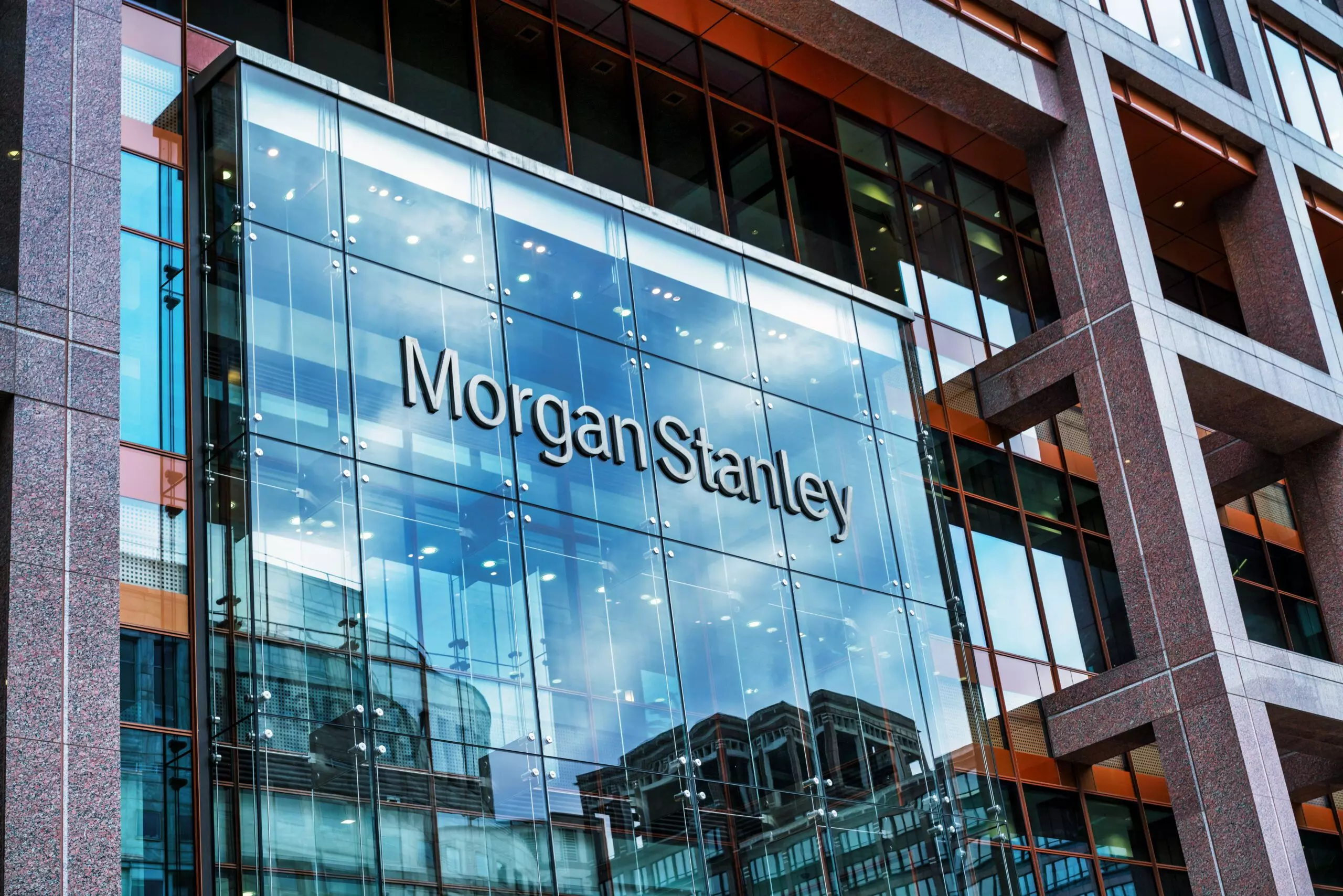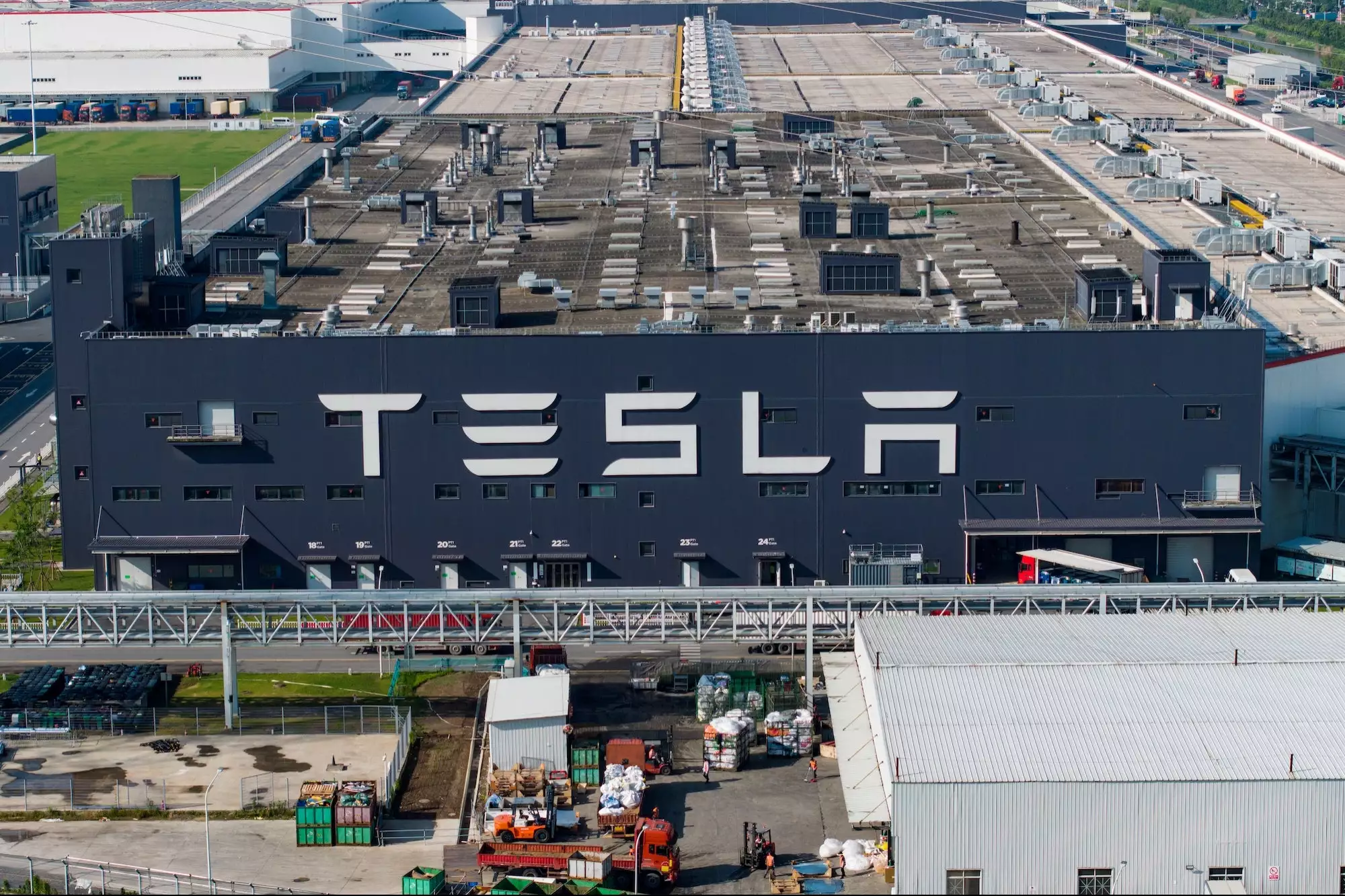Marko Kolanovic, a prominent figure in the Institutional Investor hall-of-fame and chief market strategist at JPMorgan, has expressed negative outlook on the market and is predicting a correction of at least 10% in the first half of 2023.
He has reduced his firm’s exposure to stocks and warns that the market is not currently factoring in the possibility of a recession, with his base case being a hard landing. In a recent interview, he said “Fundamentals are deteriorating. And, the market has been moving up. So, that has to clash at some point.”
According to Marko Kolanovic, a prominent figure in the Institutional Investor hall-of-fame and chief market strategist at JPMorgan, short-term interest rates are expected to continue to rise and stay high. He notes that consumer debt has increased as interest rates have gone up, and while consumers have been resilient in the past, they may become less so as time goes on.
Kolanovic cites troubling trends in recent economic data, including ISM services, retail sales, and the Philadelphia Fed Survey as reasons for his bearish outlook. He believes that the market will first decline and then worsen.
Despite his negative outlook, the tech-heavy Nasdaq index has risen more than 8% this year and the S&P 500 index has risen almost 5%. Marko Kolanovic, a chief market strategist at JPMorgan and Institutional Investor hall-of-famer, attributes the market enthusiasm to positive developments such as China’s reopening from Covid-19 lockdowns and a weaker dollar.
He believes these developments helped create a narrative that the worst is behind us and that a recession “somehow magically” happened last year. He argues that with interest rates at 5%, the economy cannot function and something will have to change, potentially with the Federal Reserve changing its approach. He also mentions that private equity and venture capital cannot survive in this kind of environment.
Marko Kolanovic, chief market strategist at JPMorgan and Institutional Investor hall-of-famer, believes that the Federal Reserve may need to intervene to prevent a market downturn, potentially through a rate cut. He is uncertain about how low the market could go, but thinks that it is likely to decline and that there may be unexpected events that contribute to the downturn. He said, “At some point, they’ll [the Fed] backstop it.
So, the big question is where. Is it [the S&P at] 3,600? 3,400? 3,200? We don’t have a very strong conviction. But we do think lower is the direction. There is usually some contagion or something that happens unexpectedly.”







